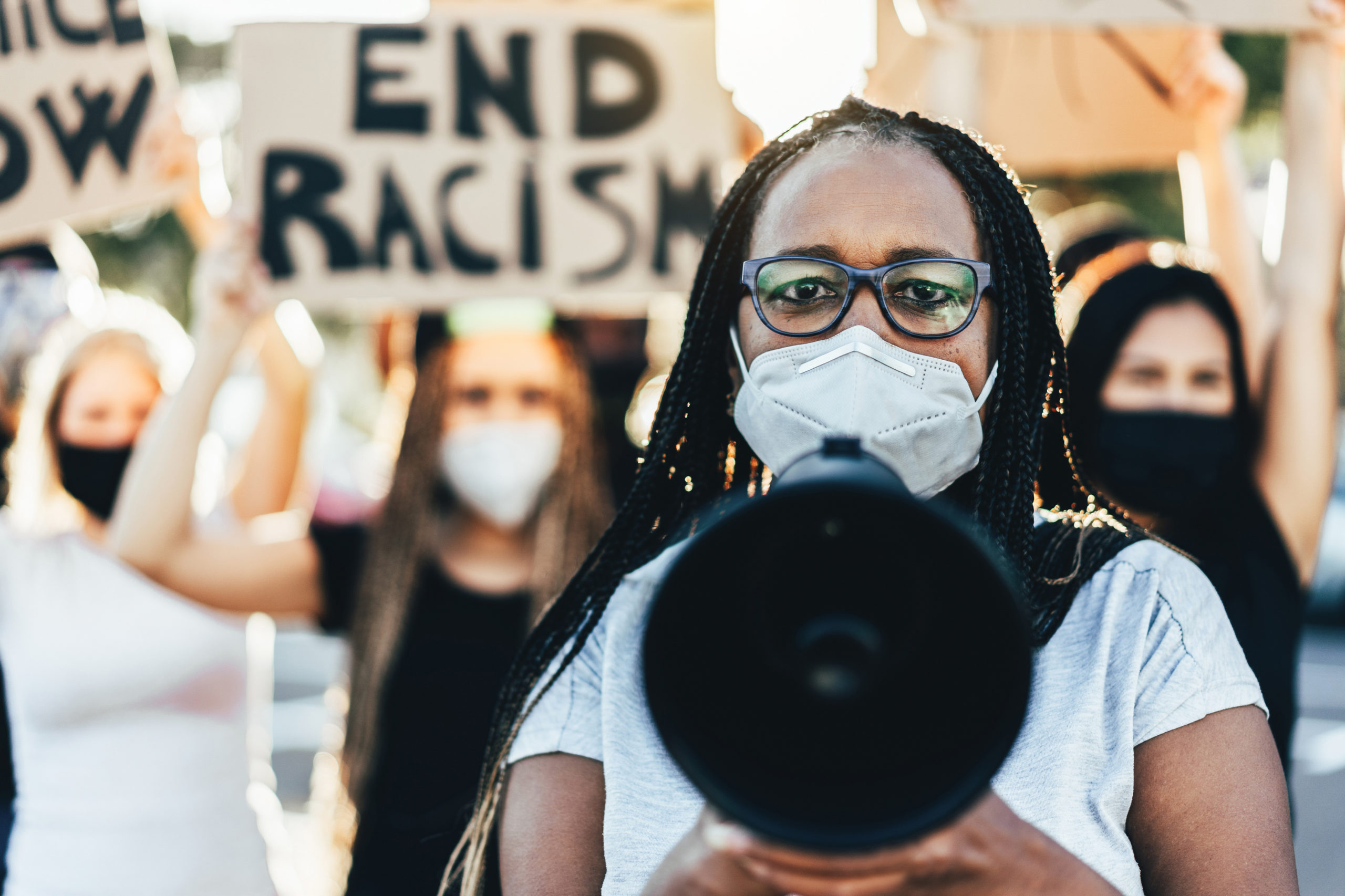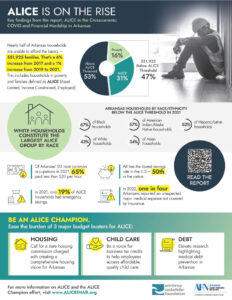
People from different ages and races protest on the street for equal rights - Demonstrators wearing face masks during black lives matter fight campaign - Focus on woman face
Delta Informer Staff – May 12, 2022 — As the nation emerges from its two-year COVID-19 induced isolation dealing with post-pandemic issues like depression, financial pressures, a changing workforce and rising inflation, all parts of the country are dealing with rising violence, homicides, and a disturbing spike in suicides, according to a new national report release May 10 by the U.S. Centers for Disease Control and Prevention (CDC).
One of the biggest takeaway from the CDC’s new Vital Signs report is that firearm homicide rates increased across all age groups, but the highest rates and increases observed among non-Hispanic black males between 10 and 44 years old.
Locally in Pine Bluff and in Little Rock, Mayor Shirley Washington and Frank Scott Jr. have been scheduling regular press conferences to highlight the rise in violent crimes and homicides, both noting that the trend is a national one not tied to any local and regional factors. In a press conference in Little Rock in early April here, Washington and Scott both announced proactive policing and community programs they were introducing to quell the rising violent tide.
“This is crucial to me, and not just as mayor, but as a common citizen and most especially as a former schoolteacher and former school administrator,” said Washington, who was flanked by Pine Bluff Police Chief Lloyd Franklin. “Evidence shows that crime that we are addressing is not unique to our communities, it has been a growing challenge through the nation. But we know there are steps we can take to reduce these local incidents.”
In a press briefing on May 10 announced the new Vital Signs analysis, top CDC officials revealed there has been a 35% increase in the firearm homicide rate amid the COVID-19 pandemic, with the rate in 2020 reaching its highest level in over 25 years.
Firearm homicide rates are consistently highest among males, adolescents, young adults, and non-Hispanic Black and non-Hispanic American Indian and Alaska Native people, the report states. In 2020, firearm homicide rates increased across all age groups, with the highest rates and increases observed among those 10–44 years old. Considering age, sex, and race/ethnicity simultaneously, the largest increases in firearm homicide rates were among non-Hispanic Black males 10–44 years old.
The overall firearm suicide rate remained nearly level between 2019 and 2020, with age-specific rate increases among persons 10–44 years old, partially offset by a decrease among those 45–64 years old. Considering age, sex, and race/ethnicity simultaneously, rates of firearm suicide increased most notably among non-Hispanic AI/AN males aged 10–44.
Among the key findings for firearm homicides:
- Rates increased for both males and females, but more notably among males.
- The highest rates and increases occurred among non-Hispanic Black persons.
- Rates increased across the country in large and small metro areas, as well as non-metro and rural areas.
- Rates were higher and showed larger increases in counties with higher poverty levels.
Among the key findings for firearm suicides:
- The overall rate remained nearly level between 2019 and 2020.
- Rates increased most notably among non-Hispanic AI/AN males aged 10–44 years old.
- Overall, rates were highest at the highest poverty level and lowest at the lowest poverty level.
- Non-metro and rural areas experienced the highest rates.
According to the CDC, long-standing systemic inequities and structural racism may contribute to unfair and avoidable health disparities among some racial and ethnic groups. A year ago, CDC Director Dr. Rochelle Walensky declared racism as a serious public health threat that directly affects the well-being of millions of Americans.
“As a result, it affects the health of our entire nation. Racism is not just the discrimination against one group based on the color of their skin or their race or ethnicity, but the structural barriers that impact racial and ethnic groups differently to influence where a person lives, where they work, where their children play, and where they worship and gather in community,” said Walensky said in a statement a year ago. “These social determinants of health have life-long negative effects on the mental and physical health of individuals in communities of color.
In addressing the most recent report, Walensky said the nation needs to take action to find answers to growing number of firearm homicide and suicide deaths.
“The tragic and historic increase in firearm homicide and the persistently high rates of firearm suicide underscore the urgent need for action to reduce firearm-related injuries and deaths,” said CDC Director Rochelle Walensky, M.D., M.P.H. “By addressing factors contributing to homicide and suicide and providing support to communities, we can help stop violence now and in the future.”
Walensky and other top CDC officials said a comprehensive national approach is needed to help reduce firearm-related deaths. Strategies that focus on underlying conditions can reduce disparities and the risk for violence while also strengthening protective factors at the individual, family, and community levels. Some actions can have a more immediate impact on preventing violence, and others can be long-term solutions.
Working with partners, including policymakers in local, state, territorial and tribal governments — along with health, education, justice, social service agencies, businesses and community organizations — can help ensure that local needs are met, said Dr. Debra Houry, CDC’s acting principal deputy director and director for the National Center for Injury Prevention and Control.
“Firearm deaths are preventable—not inevitable—and everyone has a role to play in prevention,” said Houry. “Resources like CDC’s violence prevention technical packages and surveillance systems can give leaders tools to lay the foundation for healthier and safer communities.”
#30#



 Sign up as a free Arkansas Delta Informer digital subscriber and get breaking news and weekly news roundup in your inbox.
Sign up as a free Arkansas Delta Informer digital subscriber and get breaking news and weekly news roundup in your inbox.